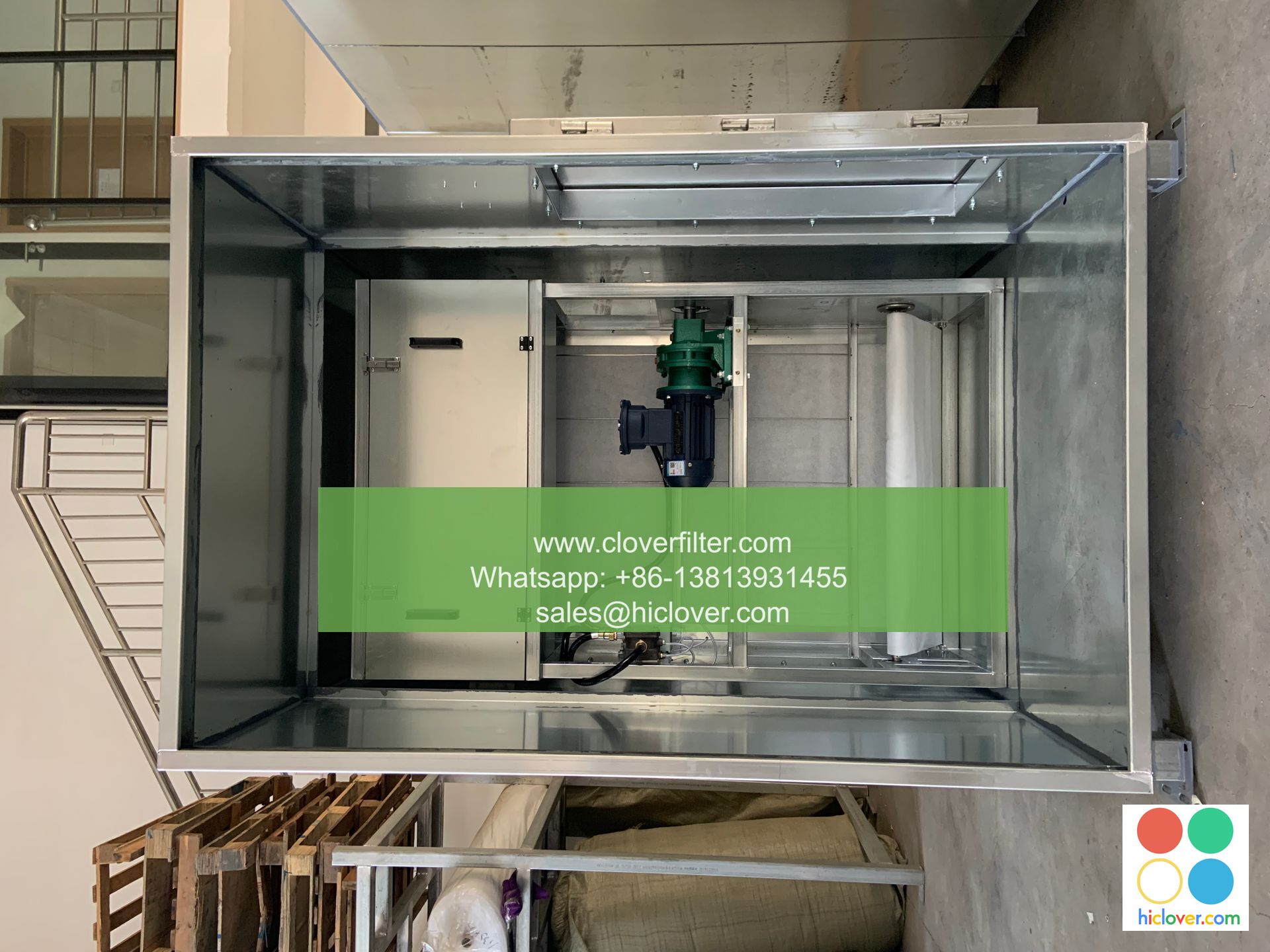The Role of HVAC Air Filters in Reducing Respiratory Issues

The Importance of HVAC Air Filters in Reducing Respiratory Issues
As the air quality in our environment continues to degrade, the impact on our health becomes increasingly significant. Respiratory issues, such as asthma, chronic obstructive pulmonary disease (COPD), and respiratory allergies, have become common ailments affecting millions of people worldwide. In this article, we’ll explore the vital role that HVAC air filters play in reducing the incidence of these respiratory issues.
Understanding HVAC Air Filters
HVAC air filters are an essential component of heating, ventilation, and air conditioning (HVAC) systems. These filters are designed to remove impurities, pollutants, and allergens from the air, improving indoor air quality and promoting healthy breathing. By filtering out harmful particles, such as dust, pollen, mold, and pet dander, HVAC air filters significantly reduce the risk of respiratory problems.
Benefits of High-Efficiency Air Filters
Traditional HVAC air filters typically have a MERV (Minimum Efficiency Reporting Value) rating of 2-4. However, these filters are inadequate for capturing many common air pollutants. In contrast, high-efficiency air filters with a MERV rating of 8-12 are more effective in capturing smaller particles, including:
- Mold spores: Fungi thrive in moist environments, releasing allergenic spores that exacerbate respiratory issues.
- Dust mites: These microscopic insects inhabit mattresses, pillows, and carpets, producing waste products that become airborne.
- Pet dander: Feline and canine skin cells, saliva, and urine can aggravate respiratory problems in both pets and humans.
- Viral and bacterial contaminants: High-efficiency air filters can capture 99.97% of particles as small as 0.3 microns, reducing the transmission of illnesses.
Applying HVAC Air Filters in Different Settings
While HVAC air filters are crucial in residential and commercial settings, they’re also vital in other application areas, including:
Healthcare Facilities
Hospitals and healthcare centers are breeding grounds for germs, bacteria, and viruses. Installing high-efficiency air filters can significantly reduce the spread of airborne illnesses, safeguarding patients, staff, and visitors.
Industrial and Manufacturing Environments
Industrial facilities often harbor pollutants like dust, mold, and airborne chemicals, posing significant respiratory hazards. By employing high-efficiency air filters, manufacturers can ensure a safer work environment for their employees.
Educational Institutions
Schools and universities can greatly benefit from implementing high-efficiency air filters in their HVAC systems. This reduces the transmission of illnesses and allergens, minimizing the risk of absenteeism and promoting a healthy learning environment.
Restaurants and Food Processing Plants
In food service establishments and processing plants, airborne allergens and pollutants can compromise food safety and staff well-being. By installing high-efficiency air filters, restaurant and food processing industries can ensure a clean and safe environment for patrons and employees alike.
Conclusion
HVAC air filters are a critical component in reducing the incidence of respiratory issues. By understanding the benefits of high-efficiency air filters and their applications in various settings, we can work towards improving indoor air quality and promoting a healthier environment. Remember, when it comes to respiratory health, every breath matters – choose the right HVAC air filter to safeguard your well-being.
I’m ready! What would you like to talk about or prompt me to generate?

